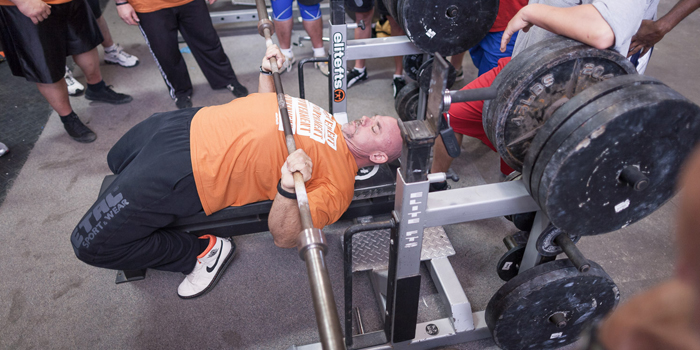
Just like my previous article, Building the Raw Squat, I’m going to go into great depths about what it takes to build the raw bench press. Also just like with the squat, there is a plethora of information on this site to help you with the technical side of things, so this will not be discussed in great lengths. If you need some direction, So You Think You Can Bench Press is a good place to start.
To cover the basics, though, whether you bench press raw or in gear, there are a few quality things you will notice that must happen to be a successful, strong bencher:
- Utilization of leg drive
- Bar is squeezed, weight is settled on the lats
- On the descent, the bar is pulled apart and lowered controllably with the lats
- Elbows remain tucked to some degree
- Belly should be full or pushed up
- Scapulas will be pulled back and down, wedged into position
- There will be some sort of arch (big or small)
There will, of course, be variance between lifters, but you should be able to see these in all successful bench pressers.
Needs Analysis
Now let’s cover some of the differences you’re going to see in the raw bencher versus equipped. Just like in the squat article I wrote, we need to look at the needs analysis of a raw bencher. Without a bench shirt, things begin to change a bit in terms of muscle loading and the strength curve.
Chest/Pecs
In most powerlifting realms you’re going to hear how unimportant the chest is. “Benching happens with the triceps, bro.” I’m not knocking the triceps, they’re very important (we’ll get to them in a minute), but go ask a person that’s blown their pec how benching is now. It sucks. They likely can’t get over 225 without it bothering them. The pecs are indeed important for the raw bencher.
However, how they are trained needs to be different than our bodybuilding counterparts. We’re not really so concerned about building fluffy, ripped pecs, but rather pecs that can contract hard and explosively while maintain a good, solid isometric contraction on the chest (for the pause). If you aren’t training your chest with some isolation work, you should probably start. Not only will you less likely blow a pec, but your strength off the chest is going to get better.
Triceps
This is the bread winner you were probably looking for, and without a doubt the most important part to a successful bench press. With the elbow position being tucked at about a 35-55 degree angle, the triceps are going to take a much larger grunt of work than the style of your typical bench bro, elbows-out bench press. Specifically the medial and long heads are the parts of the triceps you are going to want to work. The lateral head is going to have minimal contribution to your bench press. I can’t remember where I heard the saying, “lateral head, lazy head”, when speaking about the bench press, but it definitely holds true.
Once the barbell has been lowered and is on the chest, and a “press’ command comes, the pecs will help get the bar started to move due to the stretch reflex and deficit of the humerus. As the pecs horizontally adduct the humerus, the triceps will be forced to engage to maintain that great elbow positioning you had on the way down.
Lats
In addition to the triceps, we often hear a lot about how the lats help you bench press. This is only partially true. Yes, you need your lats to bench massive weights, and yes, it can be argued that the lats help somewhat off the chest, but I think most look at the way the lats are used in the bench press incorrectly. One of their most important roles in benching is to help stabilize the humerus. If the lats are strong enough to do this, the elbow position we desire will hold, weight can be transferred better via the triceps, and more than likely you’re going to finish the lift. Your lats will also help with the eccentric aspect of the movement, and it’s highly suggested that you do let the lats take this grunt work, so that your pecs can do their role on the press more efficiently. So, “using your lats” is generally meant more in terms as an isometric, not a concentric action.
Shoulders
The shoulders are the last aspect that I’m going to cover, mainly because they aren’t really doing anything of true significance. You’ll need some strong anterior delts to help move the weight off the chest, but too strong and you’ll get that nasty “flaring” motion (or too tweak of lats and triceps, depending on your point of view). So for your shoulders, if you’re flaring you know you need more lat and tricep work, and if you’re not flaring, you can stand to do some more shoulder work if you’re missing around chest level. The rear delts are going to be important to help give you that big shelf to press through. The bigger the foundation, the bigger the building. Build a big upper back and rear delts, and you’ll be able to display more of the strength you’ve got on the front side — not to mention, it will help keep your shoulders healthier long-term. But the lateral head of the shoulders? Not all that important, really. You’ll need to train them a bit for some balance and general health, but otherwise, don’t think lateral raises are going to increase your bench press any time soon.
Programming Considerations
The bench press has some interesting considerations to take into account compared its powerlifting brethren, the squat and deadlift. Due to the bench press having much less overall muscle mass involved, and typically less overall weight used during the execution, it’s going to be less stressful to the nervous system and recovery.
Specificity
Just like I mentioned in the previous article about the squat, to be good at the lifts, you are going to need specificity to get better at the movement itself, but once you become technically proficient you can begin to use different movements, bands, chains, and bars to help build up the weak points you might have. I’ll cover this more below.
Frequency
With overall less stress from the bench press compared to the squat and deadlift, this allows for the bench press to receive more frequency during a microcycle. For female and smaller male lifters, increasing strength in the upper body can take a bit more work than compared to some of the bigger lifters. This is in part due to the fact that making five pound jumps end up being a larger percentage of the training/competition max and we’re not getting as much CNS stimulus from the lack of total weight.
So increasing overall volume and stimulus during a microcycle can help keep the lifting moving in the long run, and also help build some quality muscle tissue. From my experience, benching seems to work well with two to three times per week for most lifters. Some might be able to stretch this into four days per week based upon how the training is managed, but this should probably be saved for highly competitive bench-only competitors, as the shoulder havoc and complications could affect lower body squat training days. The most important part to take note in with the increased frequency is overuse and tracking overall volume of work. You will need to have days where you have RPE or weight caps to help prevent overtraining, that way on your heavy days you can be fresh.
Bodybuilding
I mentioned in the squat article how the bodybuilding work would help with long term development and overall extend your career in powerlifting. While this is true, for this segment I want to focus on the overall sheer muscle mass that it takes to be an excellent raw bencher. Take a look at people like Casey Williams, Maliek Derstine, and Meana Franco. They have considerably more upper body mass in general than their competitors (and some impressive raw benches to their credit). The more muscle mass around a joint, the more stable it will be. Also, the more muscle mass one has, the greater surface area they have to apply force from the bench pad up into the bar. So overall, besides just staying healthy long term, having the size of a bodybuilder is going to help move some impressive weights (directly and indirectly).
Needs Analysis Weak Point Index
Below are some tables to give you some ideas of certain movements, accessory work, and set and rep schemes that can help you:
These lists aren’t inclusive of everything you could do to help with specific weak points, but it’s important for you to understand why you are missing max attempts. While I do believe that most lifters seem to miss around chest level, some miss for specific reasons, which is why I’ve lumped these into different categories. You’ll notice that upper back work is not really brought up in these specific tables. Generally, the upper back work is going to help keep the shoulders healthy, and should be included regardless of training needs. It might fluctuate between training cycles or issues you might be having, but for longevity I recommend having things like face pulls, rear delt raises, band pull-aparts, reverse pec dec, and Blast Strap shoulder circuits common place on your bench training days.
Understanding Carryover
You will see many similar movements in multiple categories above, and that’s for multiple reasons. First off, using bands and chains on some movements does make it more tricep dominant. However, it also teaches one to accelerate the bar faster (off the chest), so therefore this is an excellent movement for both muscular issues (chest/shoulders or triceps). A good blend of variation across the training session and microcycle should help you address multiple areas. So for example, if your triceps need work, you don’t need to have do purely triceps-dominated accessory work, nor should you. Having some variety will help build your bench press all around as a whole.
Keep track of your PR’s and get a good honest assessment of your bench press. This is the lift that is probably assessed incorrectly the most of the three competitive movements, and I believe it’s because people only look at where you miss the lift, and not why you missed the lift.
Putting It All Together
For the second part of this installment, we can see that the bench press has many components and pieces to yield a high success. Being technically proficient can take you a long way, but attacking specific areas with a methodical approach can help you put up some freaky bench press numbers to improve your total. After all, “What do you bench, bro?”










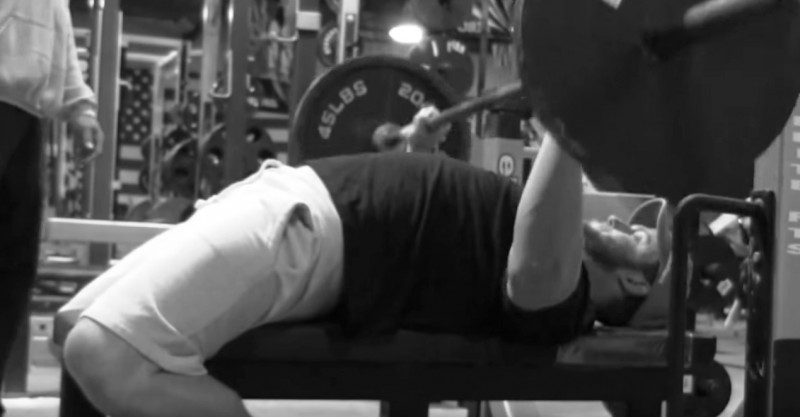
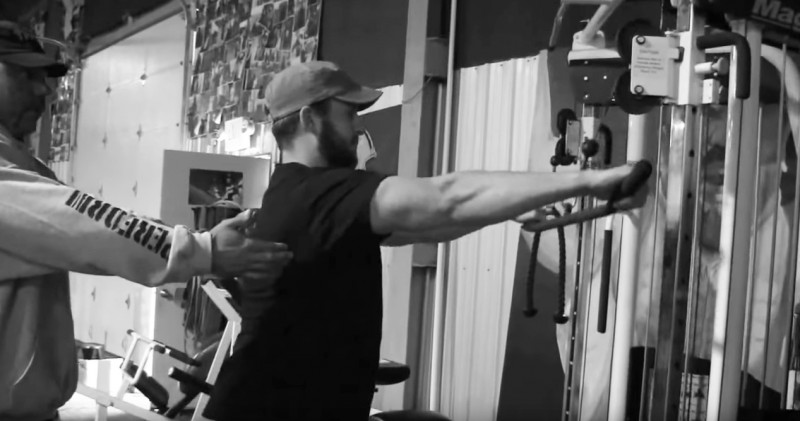
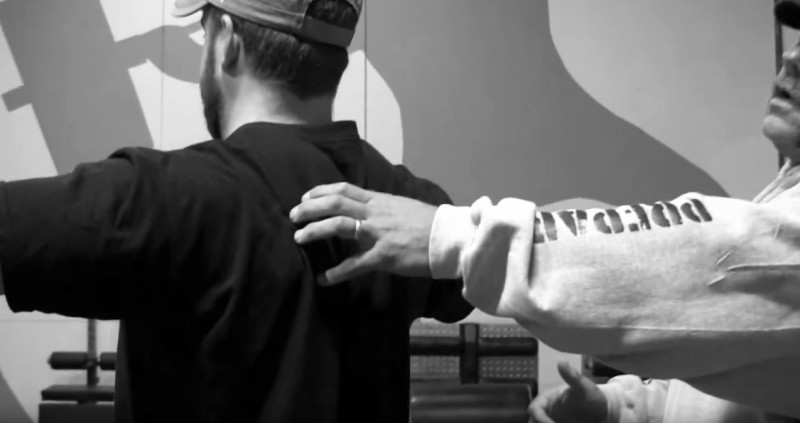
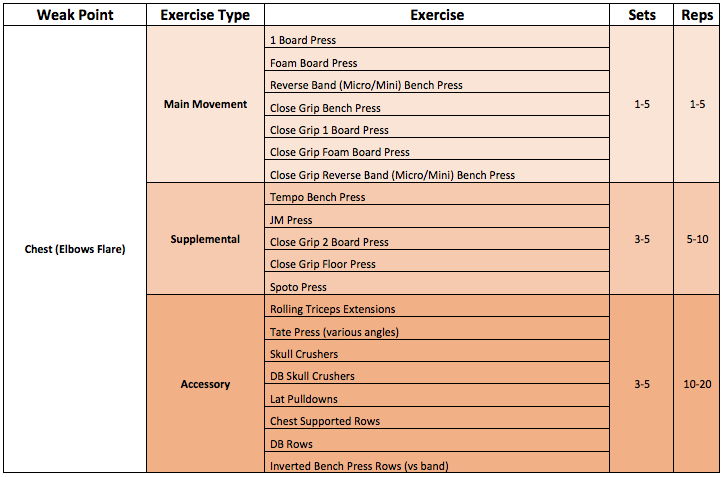
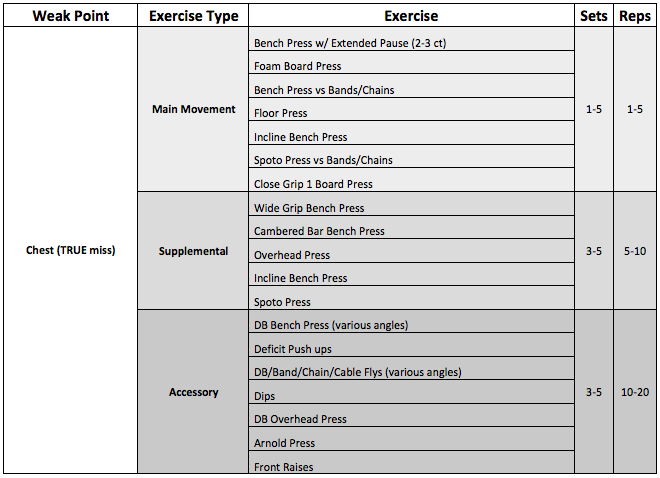
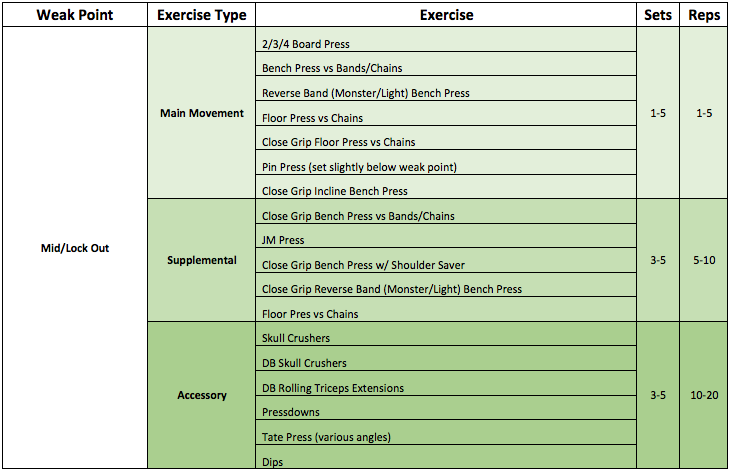
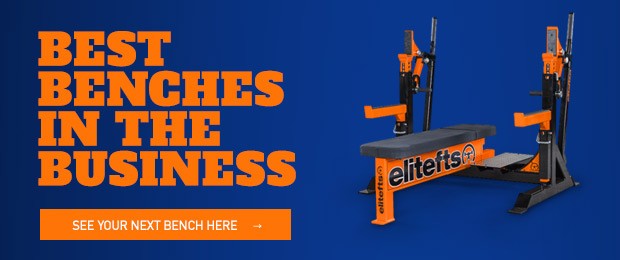
Glad you liked it, thanks for reading!
Awesome, really cool idea. Thanks!
Aside from the big three, I would love to see an article like this for the press.
Glad you liked this, and hopefully in due time I will be getting to all the major lifts. Right now the emphasis is on the powerlifts, but I can see where an article on the overhead press could certainly be of value. Thanks!
Glad you enjoyed, thanks!
This article (as well as the others you write) is super concise and pertinent to my situation. Thanks for always putting out good material! Sharing with the wife.
Your isolation pec work will be doing things like DB Flys, Cable Flys, Band Flys, etc. This is bodybuilding style training. All your accessory work should focus on actually feeling the muscle contract and do the work. However, when you do things like DB work and actual pressing, you still need to use proper technique that is going to transfer over to your bench press - here is where you won't actually focus on the muscle contraction (something like a Spoto Press, for example).
Hopefully that makes sense.